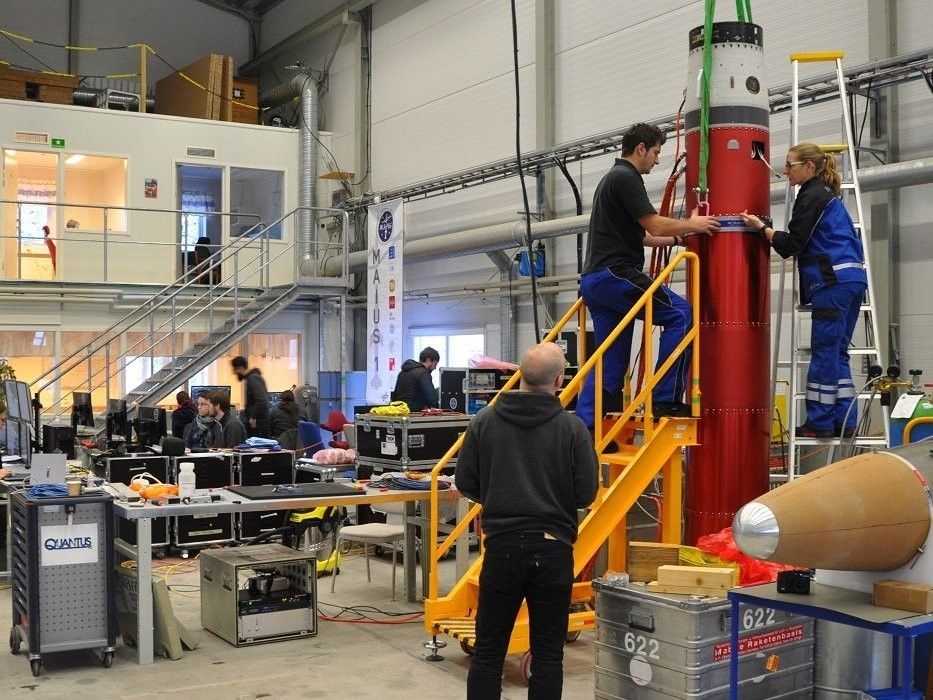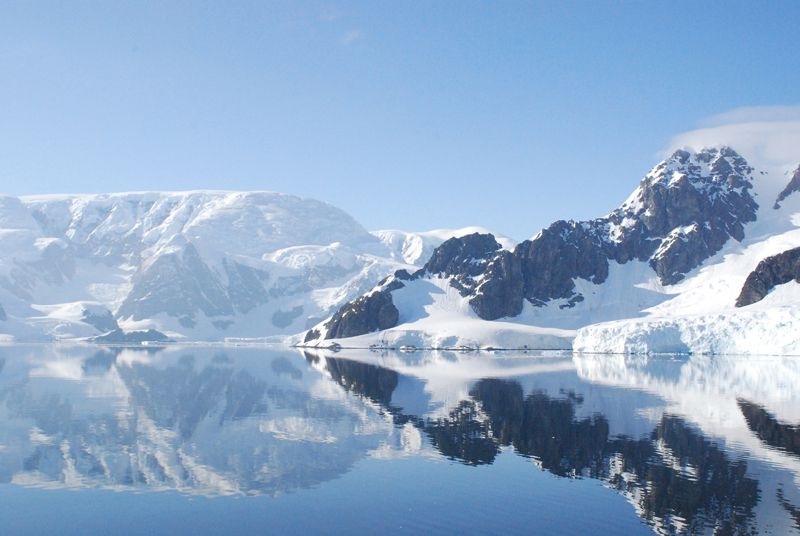A newly-discovered massive star system, perhaps the first of its kind found in our galaxy, challenges existing ideas about how large stars eventually die.



Since the very first module Zarya launched from Baikonur Cosmodrome on 20 November 1998, the International Space Station has delivered a whole new perspective on this planet we call home. Join us as we celebrate 20 years of international collaboration and research for the benefit of Earth with our astronaut Alexander Gerst’s longest timelapse yet!
In just under 15 minutes, this clip takes you from Tunisia across Beijing, China and through Australia in two trips around the world. You can follow the Station’s location using the map at the top right-hand-side of the screen alongside annotations on the photos themselves.
This timelapse comprises approximately 21 375 images of Earth all captured by Alexander from the International Space Station and shown 12.5 times faster than actual speed.
The future of the ISS is uncertain, so what does our future in space look like?
As the Earth moves through space, it is trailed by its own magnetic field. These magnetic field lines, or magnetotails, can sometimes get tangled—which can trigger an explosion. These bursts are only a fraction of a second long, but they can scatter millions of electrons at supersonic speeds. Learning about space explosions around Earth can also help us understand space explosions across the universe! Discover more: https://go.nasa.gov/2qVsrmt


An uncrewed Russian cargo ship linked up with the International Space Station Sunday (Nov. 18) to deliver nearly 3 tons of supplies for the orbiting lab.
The resupply ship, called Progress 71, docked at the space station at 2:28 p.m. EST (1928 GMT) as both spacecraft sailed 252 miles (405 kilometers) over Algeria. Progress 71 launched into orbit Friday (Nov. 16) from Baikonur Cosmodrome in Kazakhstan.
“A textbook journey for the Progress,” NASA spokesperson Rob Navias said during live commentary. [The Space Station’s Robotic Cargo Ship Fleet in Pictures].

MINNEAPOLIS (AP) — An astrophysicist from the University of Minnesota who has spent 14 winters in Antarctica tending to a telescope plans to step away from his research after the instrument is replaced.
Minnesota Public Radio reports that the university will begin the replacing the telescope and mount at the Amundsen-Scott South Pole Station this month.
University astrophysicist Robert Schwarz says he’ll stay through the replacement process but doesn’t plan to return. He’s overseen the telescope maintenance, trekking out in temperatures as low as minus 100 degrees Fahrenheit to check on the instrument.